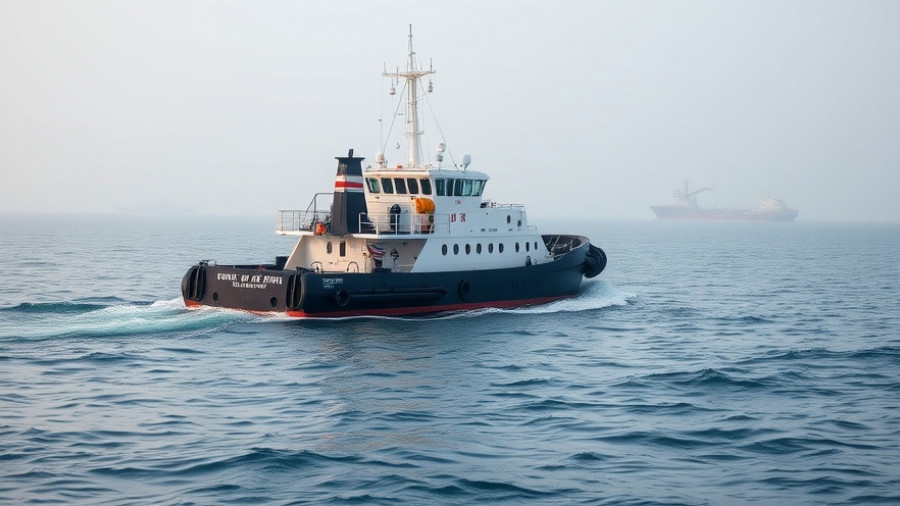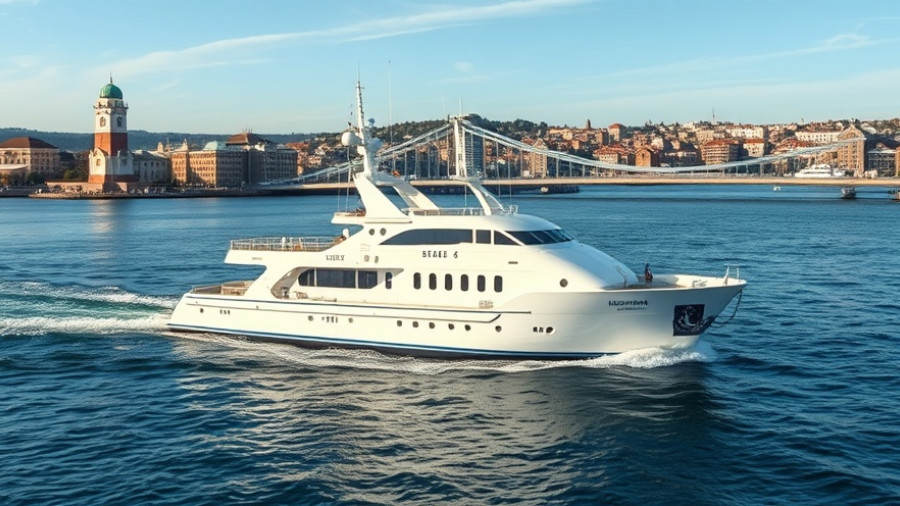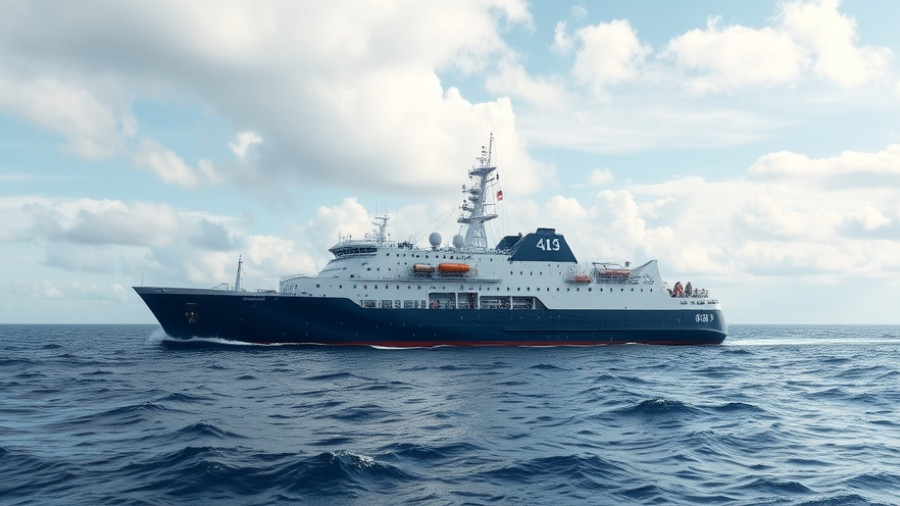
The Complex Trail of Cocaine Smuggling
On July 22, 2025, authorities pulled back the curtain on a daring smuggling operation that saw cocaine hidden in marine engines shipped from the United States to Australia. This incident marks a significant challenge in the ever-evolving fight against drugs, shedding light on the cunning strategies employed by traffickers. What began as an investigation by the Australian Border Force in Brisbane ultimately unveiled a shipment that included not just the engines but also an alarming quantity of illegal substances.
How It All Unfolded
Investigations started in October 2024 when ABF officers made a routine inspection of two wooden-crated marine engines arrived in Australia. Weighing around 4.5 tonnes each, these machines initially appeared harmless. However, upon closer examination, officials discovered large plastic-wrapped blocks of what turned out to be cocaine. In an ingenious tactical move, AFP officers seized the cocaine, replacing it with an inert substitute to catch the culprits in the act. Their strategy paid off, leading to charges against two men who had set out to retrieve the illicit cargo.
Implications for Drug Trafficking Neurology
With an estimated street value equivalent to about 700,000 deals, the incident illuminates the complex trafficking routes used by drug smugglers. The use of marine engines as a cover demonstrates not only a high level of sophistication but also indicates the lengths to which these criminal enterprises will go. This isn't merely a single incident; it reflects a disturbing trend where traffickers are increasingly resorting to ingenious methods to evade detection, affecting not just law enforcement agencies but also the broader community.
Why This Matters to You
The cocaine trade poses serious issues not only on a personal level but also within our national framework. Heroin and cocaine abuse continue to pave a destructive path for countless lives, demystifying the origins of such drugs is crucial in combating addiction. As savvy consumers and informed citizens, understanding the pathways of these substances can help bring insights to the front line of community health efforts. Whether it is through advocating for policy changes or supporting local recovery programs, our awareness can ignite action.
Lessons Learned: The Role of Maritime Safety
This incident brings to the forefront the need for greater awareness and enhanced security measures in maritime shipping. The Australian Border Force’s successful detection of drugs minimizes the risks linked with smuggled goods and reinforces a critical tenet: vigilance is paramount. This case examines how technology and intelligence can offer substantial improvements, allowing cargo inspections to incorporate advanced methodologies and reporting techniques. Such developments may serve to deter similar activities in the future—with encrypted cargo tracking systems being one potential solution.
Future Challenges and Predictions in Drug Enforcement
The way forward for drug enforcement agencies must involve collaboration across international waters. With drug cartels increasingly invasive tactics, we might see a shift in current policies—emphasizing cooperation over competition among country borders. Strategic partnerships among nations could pave the way for shared resources, intelligence strategies, and sophisticated tracking systems of high-risk shipments. Expect to see advancements in technology where bigger is not always better; a focus on information exchange and grassroots operational strategies can yield profound results.
Takeaway: What Can You Do?
As we digest the implications of this significant bust, it serves as a potent reminder that vigilance needs to extend beyond maritime borders. By raising our collective consciousness and engaging with the issue of drug trafficking, individuals can play a role in restraining illicit drug trade. Support local initiatives aimed at education around addiction, and stay informed on these matters that affect us all.
As this incident highlights, the fight against drug smuggling is far from over. It is a battle that will require community engagement, effective law enforcement strategies, and global cooperation. Every piece of information shared and every local effort leads to greater progress.
 Add Row
Add Row  Add
Add 




Write A Comment